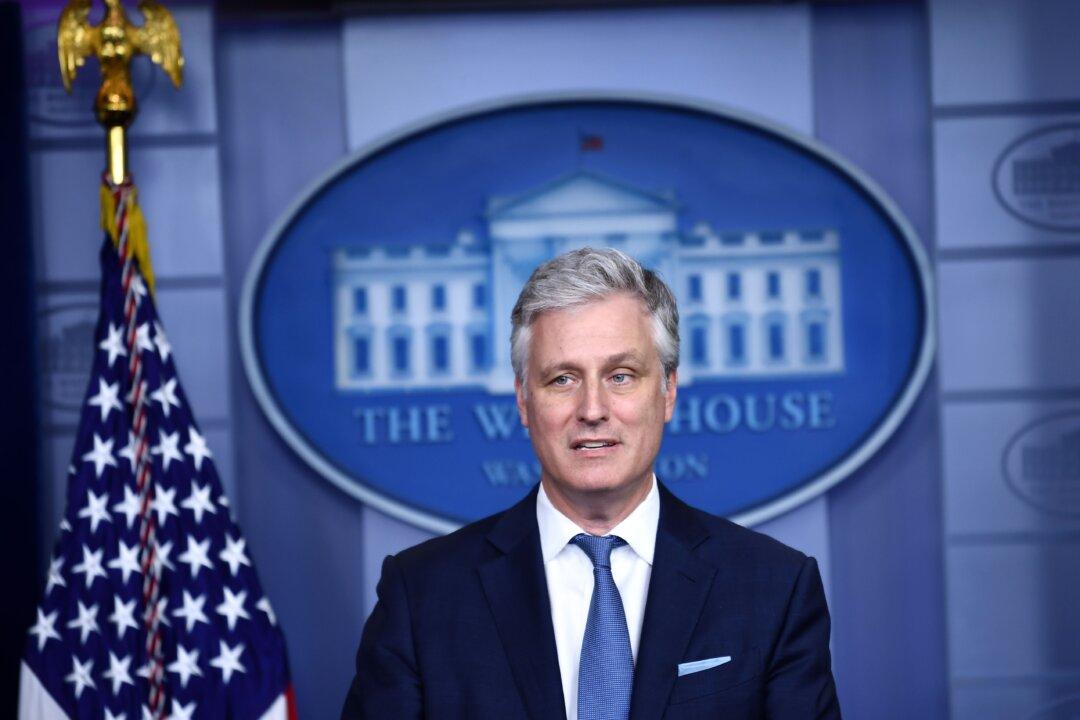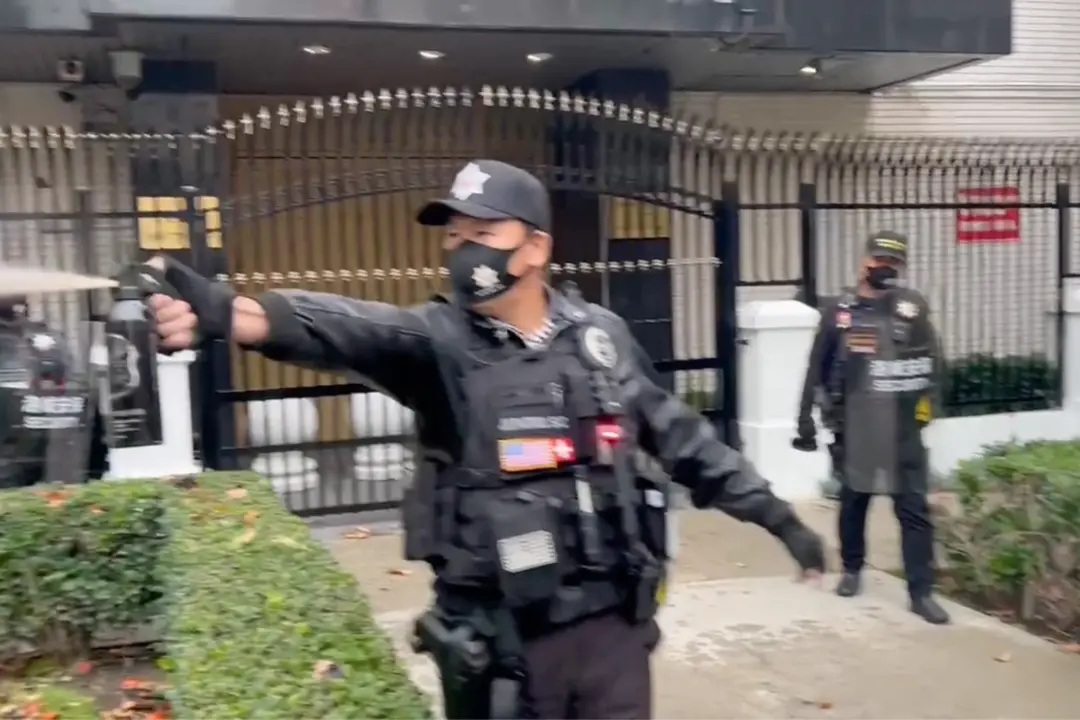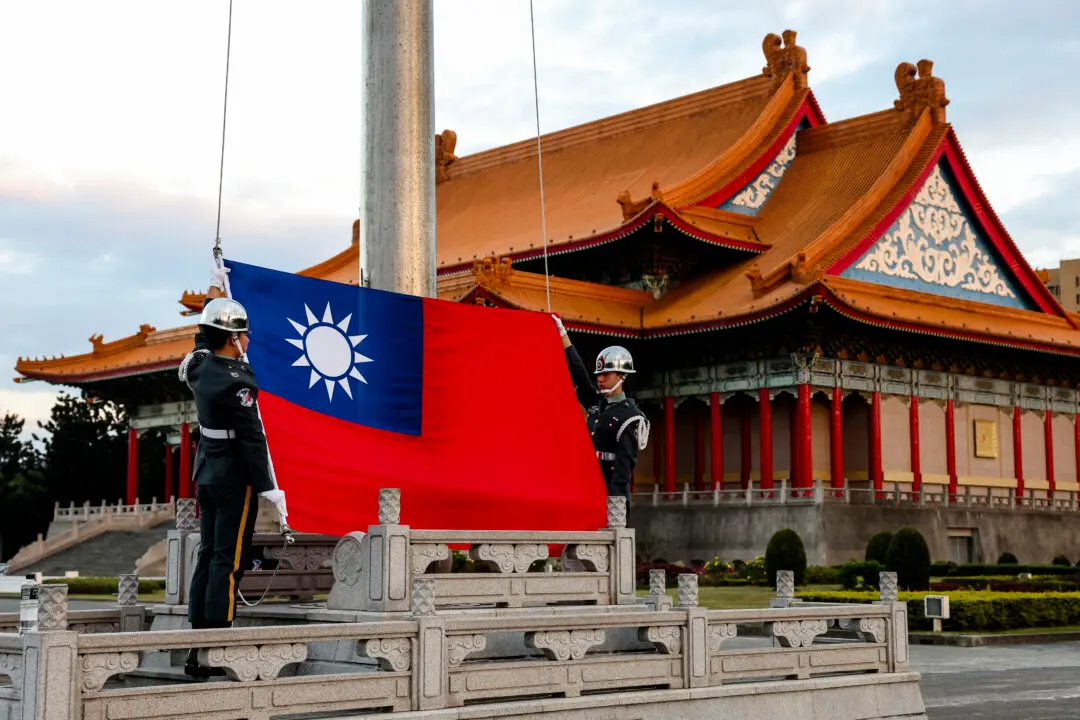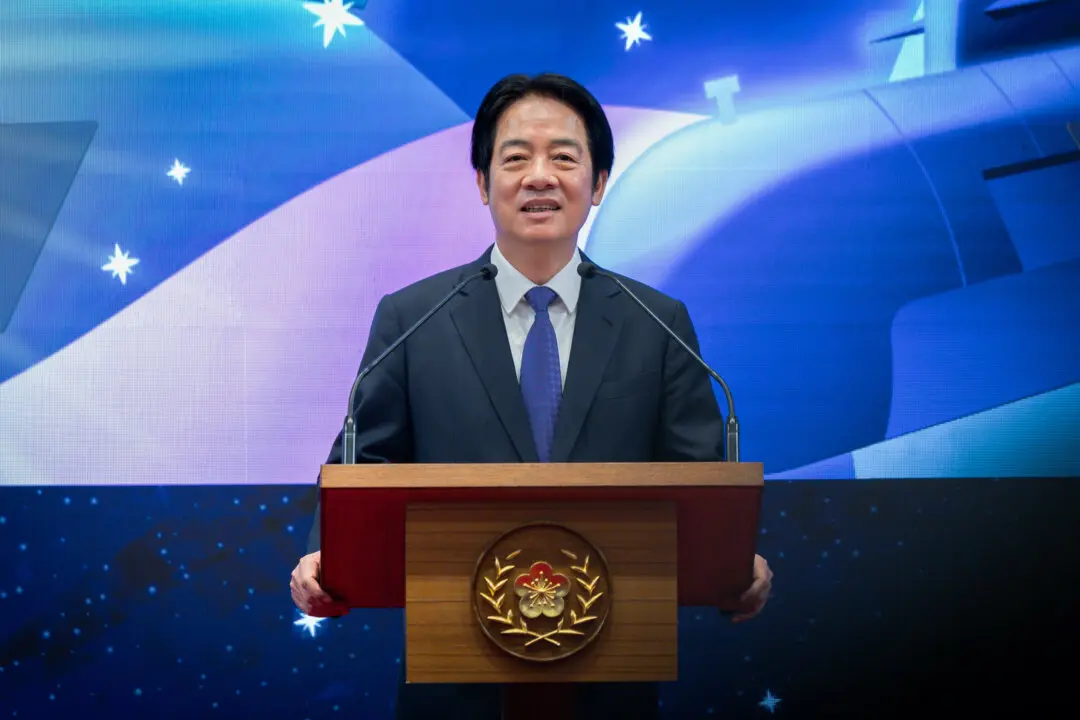The Trump administration on Jan. 12 declassified a U.S. national security document that outlines its strategy for working with regional partners and allies to confront China’s threats to the Indo-Pacific region.
Laid out in a 10-page document with some redactions, the policy, known as the U.S. Strategic Framework for the Indo-Pacific, highlights Taiwan’s role in combating the Chinese regime’s military aggression.





